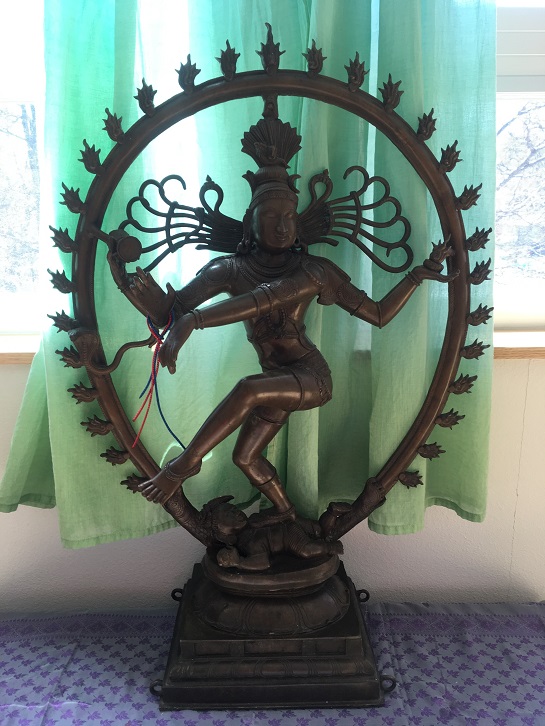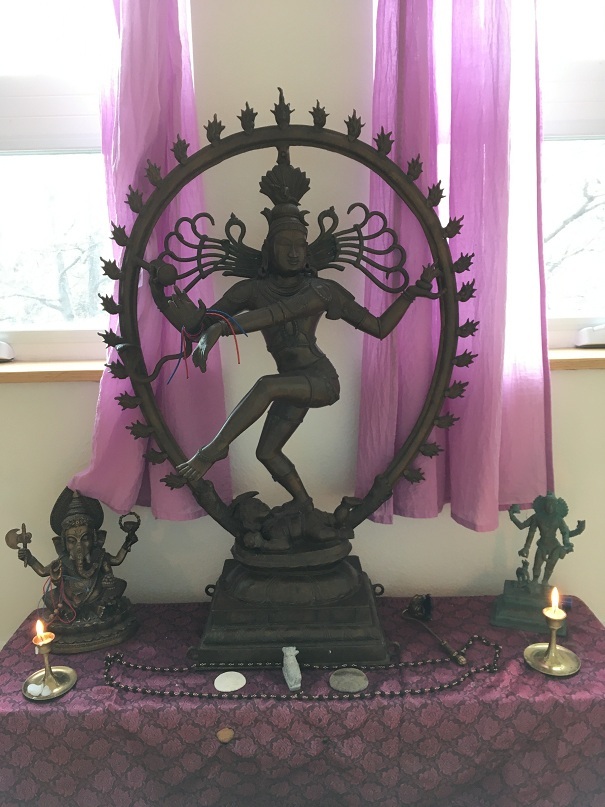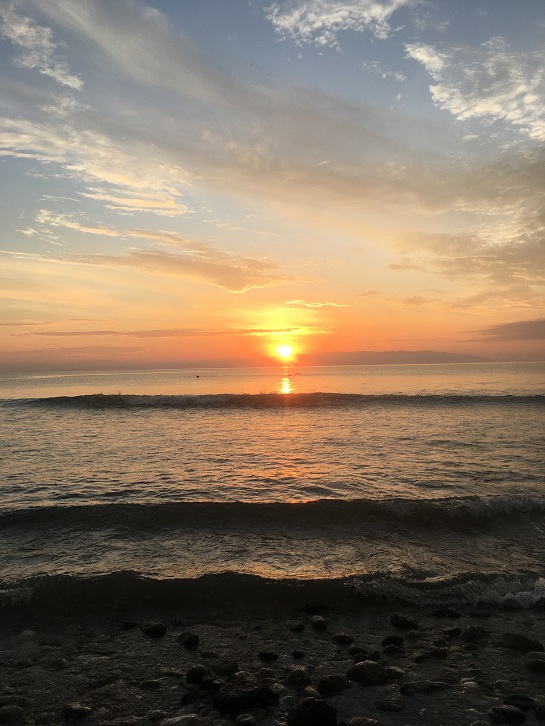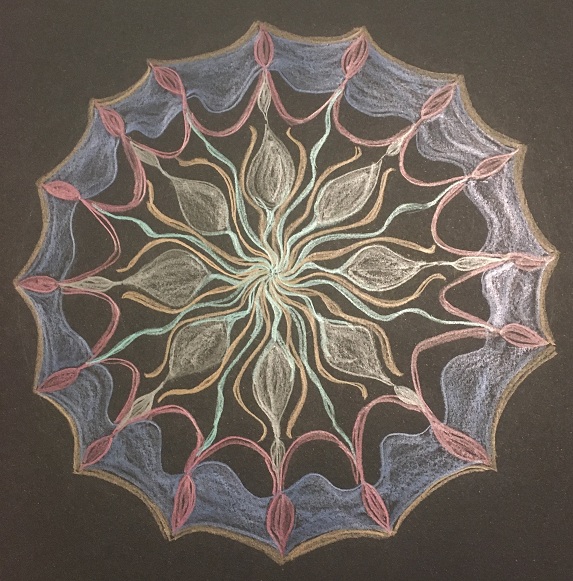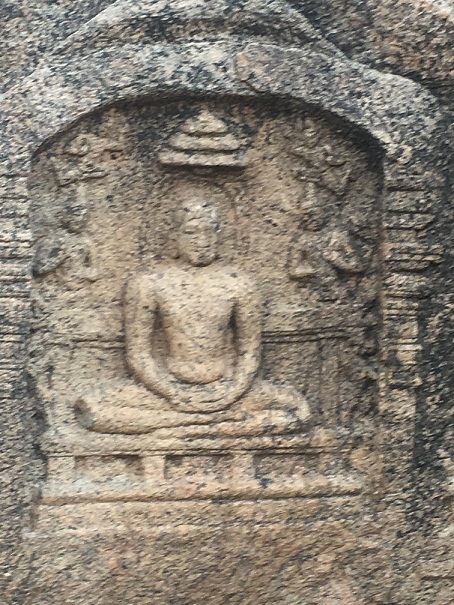At the beginning of chapter 2 of the Yoga Sūtra, Patañjali outlines kriyā-yoga, a yoga of action (YS 2.1). In the following sutra he describes how this yoga works to refine one’s being in two ways. First, it helps attenuate the kleśas/impediments; second, it serves to cultivate samādhi, the deep state of meditative absorption. YS 2.2 says that yoga helps address the root obstructions to the heart, the kleśas, and yoga/meditation also creates samādhi. Remember that samādhi is a series of progressively deeper and immersive states of awareness resulting from the practice of meditation.
YS 2.2 samādhi-bhāvana-arthaḥ kleśa-tanū-karaṇa-arthaś ca
samādhi: state of meditative immersion
bhāvana: cultivating, causing, bringing about
artha: meaning, purpose
kleśa: affliction, impediment
tanū-karaṇa: attenuating, making weak
artha: purpose
ca: and
The purpose [of kriyā-yoga/the yoga of action] is samādhi/meditative immersion and attenuating the kleśas/afflictions.
This is exactly why meditation is an effective way to create changes at the surface of life by directly addressing these underlying mechanisms of the kleśas and saṃskāras, which prompt us toward feeling and acting in particular ways based on past actions/karma. It is very hard to get to the root of the saṃskāras by working only with the surface mind and behaviors. Through meditation, you go deeper than the surface to the saṃskāric seeds and burn them up, so they will no longer sprout. This is the teaching of the dagdha-bīja, the burnt seed, which is alluded to in several places in the text (See, for example, YS 2.4). These seeds can be latent, just waiting for the right conditions to sprout. When the mind finally comes to rest in meditation, the seeds of saṃskāras are burnt up and can no longer sprout.
In the Yoga Sūtra, meditation is emphasized as the method for knowing our true selves. The process of meditation acts on the deepest layers of individuality to remove (burn up) the saṃskāras and attenuate the kleśas, clearing a pathway to the true Self. YS 1.47 says that in the deepest states of samādhi, awareness is clarified, revealing the inner Self.
YS 1.47 nirvicāra-vaiśāradye-adhyātma-prasādaḥ
nirvicāra: a state of samādhi without any thought
vaiśāradye: lucidity, clarity, pure flow
adhyātma: inner Self
prasādaḥ: clarity, purity, luminosity
In the lucidity of nirvicāra-samādhi, there is clarity of the inner Self.
When you meditate, several things happen simultaneously that serve to shift and refine awareness, thus supporting the recognition/pratyabhijñā of the deepest Self. When turning the mind inward during meditation practice, awareness starts to traverse from the surface layers to the subtler layers. With repeated practice the habit pattern of moving into deeper places inside is cultivated. You are creating inward-moving saṃskāras. Meditating establishes the saṃskāra/habit pattern of moving awareness from the surface to deeper layers, to the deepest part of oneself.
The experience of steeping awareness in the deep spaces of consciousness creates a different type of saṃskāra. YS 1.50 teaches about two types of saṃskāras. First are those more conventional saṃskāras, the imprints of our past actions. Second, a different type of saṃskāra arises in deep meditative states of awareness, which acts to obstruct other saṃskāras. So the practice of meditation creates obstructor saṃskāras that don’t activate awareness with citta-vṛttis like other saṃskāras. Instead, they put a damper on the outward-moving saṃskāras, even destroying them. With continued practice, this has the effect of eliminating the influence of those old saṃskāras/subliminal activators we’re carrying around from previous life experiences. And this is a continuing and reiterative process.
YS 1.50 taj-jaḥ saṃskāro ‘nya-saṃskāra-pratibandhī
tat: that [truth-bearing wisdom]
jaḥ: born
saṃskāra: subliminal impressions/activators
anya: other
saṃskāra: subliminal impressions/activators
pratibandhī: obstructing, preventing
Saṃskāras born from that [truth-bearing wisdom] obstruct other saṃskāras.
At the same time we’re burning up problematic saṃskāras, our meditation practice produces the obstructing or inhibiting saṃskāras (YS 1.50). A commentary on the Yoga Sūtra says that these blocking saṃskāras enhance the experience of samādhi, creating more of the wisdom saṃskāras, which block the others, and so on. As well, remember that meditation helps establish the habit of moving awareness internally. All of this eventually leads us to have fewer citta-vṛttis and experiencing more calm during meditation. The obstructer saṃskāras are a way that our awareness is reorganized. In this way, awareness is slowly clarified.
REFLECT AND EXPLORE
Contemplate any of the teachings you find drawn to or find challenging and consider how you’ve experienced them.
How have you noticed the release of old patterns and/or a greater clarity?
How do these teachings relate to how you approach the practice of yoga?

